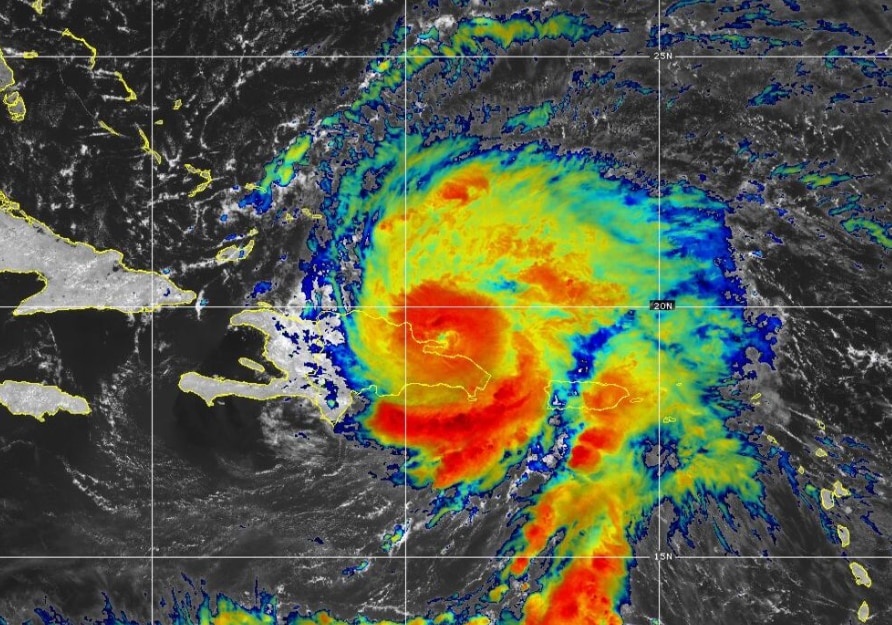The world is about to install 700 million air conditioners – “Demand for cooling, particularly in hot climates, is going to be an incredible driver of electricity requirements”

By Chris Mooney and Brady Dennis
31 May 2016
(Washington Post) – As summer temperatures finally settle in, many in the United States take it for granted that they can dial down the thermostat: Americans use 5 percent of all of their electricity cooling homes and buildings. In many other countries, however — including countries in much hotter climates — air conditioning is still a relative rarity.
But as these countries boom in wealth and population, and extend electricity to more people even as the climate warms, the projections are clear: They are going to install mind-boggling amounts of air conditioning, not just for comfort but as a health necessity.
That’s already happened in some places. In just 15 years, urban areas of China went from just a few percentage points of air conditioning penetration to exceeding 100 percent — “i.e., more than one room air conditioner (AC) per urban household,” according to a recent report on the global AC boom by researchers at Lawrence Berkeley National Laboratory. And air conditioner sales are now increasing in India, Indonesia and Brazil by between 10 and 15 percent per year, the research noted. India, a nation of 1.25 billion people, had just 5 percent air conditioning penetration in the year 2011.
A study last year similarly found “a close relationship between household income and air conditioner adoption, with ownership increasing 2.7 percentage points per $1,000 of annual household income.” For Mexico in particular, it therefore projected a stupendous growth of air conditioning over the 21st century, from 13 percent of homes having it to 71 to 81 percent of homes.
“We expect that the demand for cooling as economies improve, particularly in hot climates, is going to be an incredible driver of electricity requirements,” U.S. Energy Secretary Ernest Moniz said in an interview.
In most ways, of course, this is a very good thing: Protecting people from intense heat — a town in India this month saw temperatures exceed 123 degrees Fahrenheit — is essential for their health and well-being.
It’s just that it’s going to come with a huge energy demand, and potentially huge carbon emissions to boot. [more]
The world is about to install 700 million air conditioners. Here’s what that means for the climate
ABSTRACT: Hydrofluorocarbons (HFCs) emitted from uses such as refrigerants and thermal insulating foam, are now the fastest growing greenhouse gases (GHGs), with global warming potentials (GWP) thousands of times higher than carbon dioxide (CO2). Because of the short lifetime of these molecules in the atmosphere, mitigating the amount of these short-lived climate pollutants (SLCPs) provides a faster path to climate change mitigation than control of CO2 alone. This has led to proposals from Africa, Europe, India, Island States, and North America to amend the Montreal Protocol on Substances that Deplete the Ozone Layer (Montreal Protocol) to phase-down high-GWP HFCs. Simultaneously, energy efficiency market transformation programs such as standards, labeling and incentive programs are endeavoring to improve the energy efficiency for refrigeration and air conditioning equipment to provide life cycle cost, energy, GHG, and peak load savings. In this paper we provide an estimate of the magnitude of such GHG and peak electric load savings potential, for room air conditioning, if the refrigerant transition and energy efficiency improvement policies are implemented either separately or in parallel. We find that implementing HFC refrigerant transition and energy efficiency improvement policies in parallel for room air conditioning, roughly doubles the benefit of either policy implemented separately. We estimate that shifting the 2030 world stock of room air conditioners from the low efficiency technology using high-GWP refrigerants to higher efficiency technology and low-GWP refrigerants in parallel would save between 340-790 gigawatts (GW) of peak load globally, which is roughly equivalent to avoiding 680-1550 peak power plants of 500MW each. This would save 0.85 GT/year annually in China equivalent to over 8 Three Gorges dams and over 0.32 GT/year annually in India equivalent to roughly twice India’s 100GW solar mission target. While there is some uncertainty associated with emissions and growth projections, moving to efficient room air conditioning (~30% more efficient than current technology) in parallel with low-GWP refrigerants in room air conditioning could avoid up to ~25 billion tonnes of CO2 in 2030, ~33 billion in 2040, and ~40 billion in 2050, i.e. cumulative savings up to 98 billion tonnes of CO2 by 2050. Therefore, superefficient room ACs using low-GWP refrigerants merit serious consideration to maximize peak load reduction and GHG savings.



A growing demand for air conditioners will provide yet another positive feedback loop to further accelerate climate change. To combat this, we need to further accelerate the global transition to 100% renewable energy… and no matter how fast we go, it may not be fast enough… not an excuse to give up, but motivation to try harder!